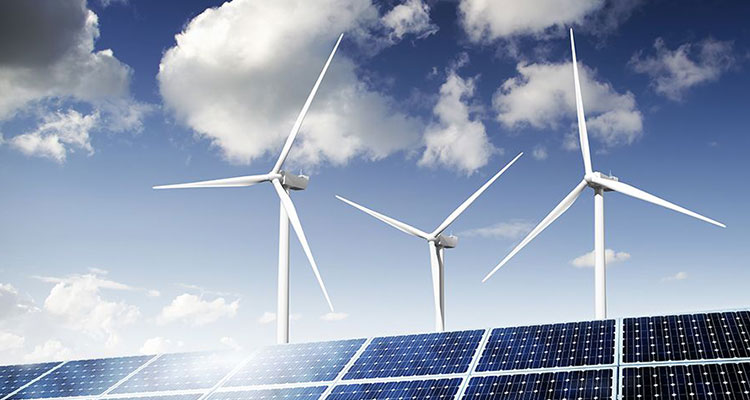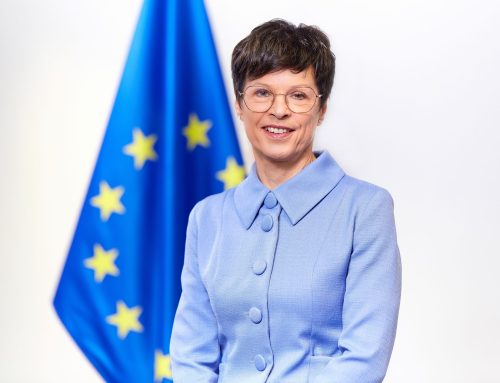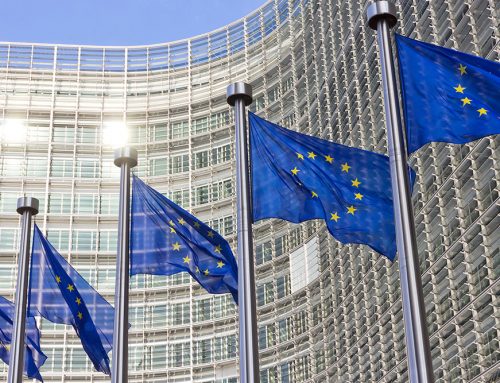Today EU Member States agreed on the Commission’s proposal to invest €873 million in key European energy infrastructure projects. Europe’s transition to a clean and modern economy is the goal of the Energy Union, a priority of the Juncker Commission.
It is now becoming the new reality on the ground, and one important building block is adapting the European infrastructure to the future energy needs. Properly interconnected electricity lines and gas pipelines form the backbone of an integrated European energy market anchored on the principle of solidarity.
Thus, supporting these 17 selected electricity and gas projects, signals Europe’s willingness to upgrade and make the European energy system more competitive that will ultimately deliver cheaper and secure energy to all European consumers.
The EU funding for the chosen projects comes from the Connecting Europe Facility (CEF), the European support programme for trans-European infrastructure.
Commission Vice-President for Energy Union Maroš Šefčovič said: “Once again we demonstrate that cooperation pays off and that the Energy Union is becoming a reality with tangible impact on the ground. These are important projects with major cross-border benefits and by implementing them we strengthen energy resilience of EU Member States. The CEF has yet again shown tremendous added value in our modernisation efforts.”
Commissioner for Climate Action and Energy Miguel Arias Cañete added: “The construction of the Biscay Gulf France-Spain interconnection marks an important step towards ending the isolation of the Iberian Peninsula from the rest of the internal energy market. Only a fully interconnected market will improve Europe’s security of supply, ending the dependence of single suppliers and give consumers more choice. An energy infrastructure which is fit for purpose is also essential for renewables to thrive and for delivering on the Paris Agreement.”
Under the Connecting Europe Facility, a total of €5 billion has been allocated to trans-European energy infrastructure for the period 2014-2020.



